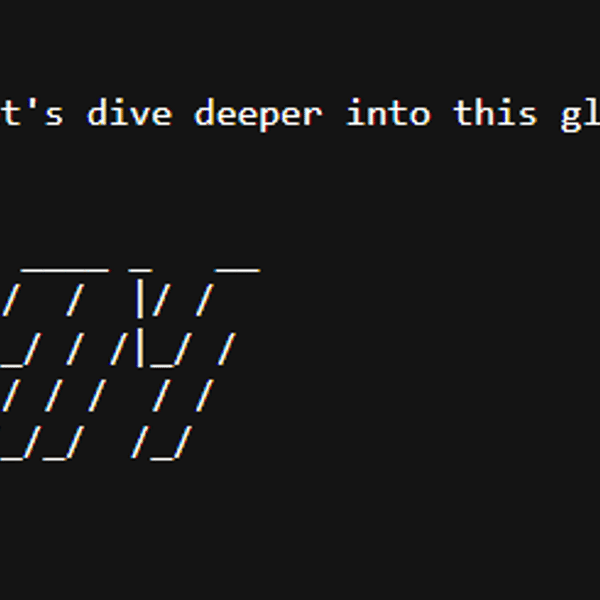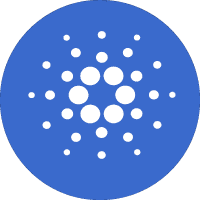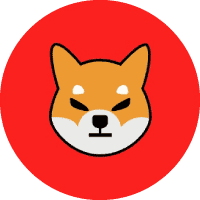
CoW Protocol (COW) has been listed in the Innovation and DeFi Zone, you can quickly sell or buy COW. Spot Trading Link: COW/USDT.
New users can get a welcome gift package worth 6200U, Claim it now>>
Coin-related
Price calculator
Price history
Price prediction
Technical analysis
Coin buying guide
Crypto category
Profit calculator
What is CoW Protocol (COW)?
CoW Protocol basic info
What Is CoW Protocol?
CoW Protocol is a decentralized trading platform designed to help users trade cryptocurrency assets with increased security, cost efficiency, and protection from Maximal Extractable Value (MEV) attacks. It operates on Ethereum and other EVM-compatible blockchains, integrating an intent-based trading system and batch auctions to optimize trade execution. Unlike traditional decentralized exchanges (DEXs) where orders execute directly on-chain, CoW Protocol allows users to submit signed “intents” to trade, which are handled by third-party optimizers known as “solvers.” These solvers work to find the best possible price for users' trades, utilizing both on- and off-chain liquidity sources.
By grouping orders into batches and allowing solvers to compete for the best execution, CoW Protocol seeks to reduce transaction fees, avoid common MEV issues like frontrunning and sandwich attacks, and provide users with improved price outcomes. It functions as a “meta-DEX aggregator” by sourcing liquidity from various decentralized exchanges and aggregators, enabling users to benefit from an expansive liquidity pool.
How CoW Protocol Works
CoW Protocol’s model is built around three primary components: intent-based trading, batch auctions, and solvers. Each plays a specific role in the trading process:
-
Intent-Based Trading: CoW Protocol operates differently than most DEXs, allowing users to place “intents” instead of on-chain orders. An intent is a signed message detailing the user’s trade conditions, which solvers analyze to find the best execution strategy. By avoiding immediate on-chain transactions, CoW Protocol provides flexibility, making it possible to tap both on-chain liquidity and private sources, such as market makers, for optimal trade outcomes.
-
Batch Auctions: CoW Protocol groups user intents into batches and processes them in timed auctions. Solvers compete to fulfill these batches by proposing the most cost-effective solutions, optimizing prices across all orders within the batch. The competitive element ensures that users receive the most advantageous prices available, as solvers are incentivized to outperform each other. This auction-based approach helps shield users from MEV, as orders within a batch are processed at a uniform price, removing the advantage of transaction reordering.
-
Coincidence of Wants (CoW): The protocol’s name is derived from this “Coincidence of Wants” mechanism, which enables peer-to-peer trade matching. If users in a batch express opposing trade intents (e.g., buying and selling the same assets), the protocol matches them directly, bypassing external liquidity providers and lowering fees. This setup can partially or fully satisfy trades within a batch, reducing costs associated with using external liquidity pools.
-
Order Types: CoW Protocol supports several distinct order types to meet varied trading needs:
-
Market Orders: Immediate trades at the best available price.
-
Limit Orders: Orders that execute only if the market price meets the user-specified limit.
-
TWAP Orders: Large trades split over time to minimize market impact.
-
Programmatic Orders: Smart contract-based orders that can be triggered by specific on-chain conditions, allowing for more sophisticated trading strategies.
-
Milkman Orders: These use external price oracles to align orders with real-time market prices, particularly useful for governance and treasury trades.
-
CoW Hooks: Custom actions that can be set to execute before or after a trade, providing additional flexibility for specific operations like staking or bridging assets.
-
MEV Protection: MEV (Maximal Extractable Value) occurs when transaction order manipulation increases fees for traders. CoW Protocol’s batch auctions reduce the risk of MEV attacks by processing all orders within a batch at a single clearing price, effectively neutralizing the reordering advantage that MEV bots rely on.
By combining these features, CoW Protocol aims to create a user-friendly and efficient trading experience that prioritizes transaction security, cost savings, and customization for different trading styles.
What Is the COW Token Used For?
The COW token is the native governance token for CoW Protocol and is central to its decentralized governance system. It has a supply of 1 billion tokens. Token holders have voting rights and influence over various aspects of the protocol, including strategic changes, resource allocation, and inflation policies.
-
Governance and Decision-Making: CoW token holders participate in the protocol’s governance via CoW DAO, the decentralized autonomous organization that oversees CoW Protocol. Through voting, holders can influence proposals, including those concerning the development roadmap, new feature implementations, and overall protocol improvements. This community-driven approach ensures that CoW Protocol evolves with user needs while maintaining a decentralized structure.
-
Solver Incentives: Solvers on CoW Protocol compete to settle trade batches, with successful solvers earning rewards in COW tokens. This incentivization encourages solvers to continue finding optimal execution paths for users and maintains a competitive environment where solvers strive to improve surplus for each trade batch.
-
Community Development Initiatives: COW tokens are also allocated to support community and development activities, including grants, partnerships, and other initiatives that contribute to the protocol’s ecosystem. For instance, the CoW DAO Grants Program funds projects that build on or improve CoW Protocol, fostering innovation within the platform’s community.
Conclusion
CoW Protocol brings a distinct model to the decentralized finance space, focusing on flexible trade execution, peer-to-peer trade matching, and protection from transaction manipulation. With a range of supported order types, an intent-based trading system, and incentives for competitive pricing, the protocol aims to provide a versatile tool for cryptocurrency traders. Governed by the COW token, CoW Protocol seeks to advance its features and infrastructure based on community-led decisions and resource allocation.
COW supply and tokenomics
Links
What is the development prospect and future value of COW?
The market value of COW currently stands at $110.77M, and its market ranking is #291. The value of COW is not widely recognized by the market. When the bull market comes, the market value of COW may have great growth potential.
As a new type of currency with innovative technology and unique use cases, COW has broad market potential and significant room for development. The distinctiveness and appeal of COW may attract the interest of specific groups, thereby driving up its market value.
Is COW worth investing or holding? How to buy COW from a crypto exchange?
How to get CoW Protocol through other methods?
What is CoW Protocol used for and how to use CoW Protocol?
Learn about other cryptos












New listings on Bitget
Recently added coin prices
MoreTrending coin prices
MoreWhere can I buy CoW Protocol (COW)?
COW resources
Tags:





























